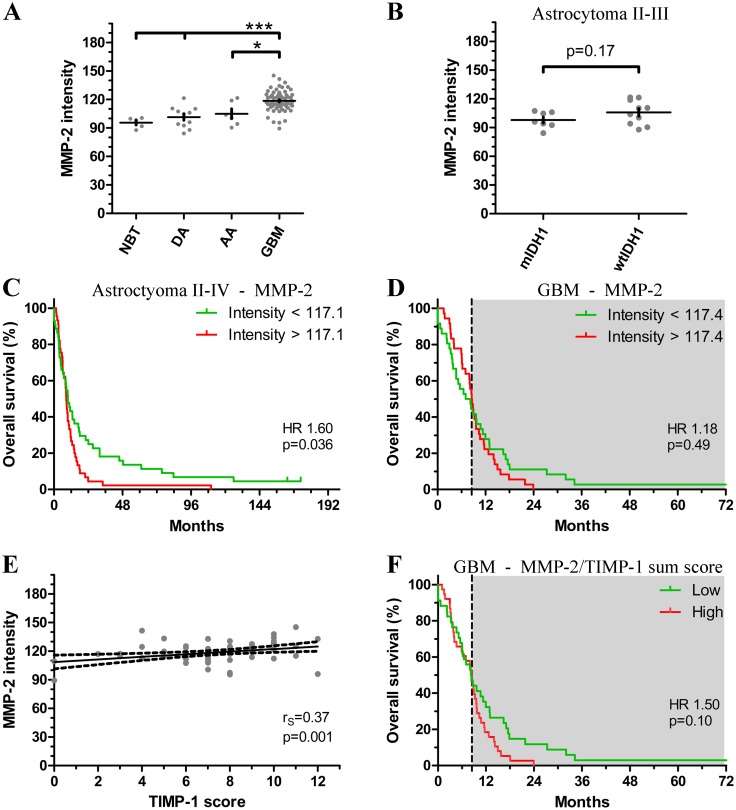Fig 3. MMP-2 expression and tumor aggressiveness.
(A) Scatterplot showing that MMP-2 intensity increases with tumor grade. (B) Patients with wildtype IDH1 (wtIDH1) astrocytomas tended to have higher MMP-2 intensity compared to patients with mutated IDH1 (mIDH1) astrocytomas. (C) High MMP-2 intensity informed poorer prognosis in patients with grade II-IV astrocytomas. (D) In GBMs, MMP-2 seemed to be a time-dependent variable (dotted vertical line). When accounting for the time-dependency, high levels of MMP-2 were associated with poorer prognosis in patients who lived longer than 8.5 months (grey box). MMP-2 had no prognostic value when the time-dependency was not accounted for. (E) MMP-2 intensity showed positive correlation with TIMP-1 score. (F) Combining TIMP-1 and MMP-2 expression, patients with high sum score tended have shorter overall survival when dichotomized at the median and without adjusting for time-dependency. Accounting for the time-dependency, high sum score was associated with shorter overall survival in patients living longer than 8.5 months (dotted vertical line and grey box). Abbreviations: AA anaplastic astrocytoma; NBT normal brain tissue; DA diffuse astrocytoma; GBM glioblastoma multiforme; mIDH1 mutant isocitrate dehydrogenase 1; wtIDH wildtype isocitrate dehydrogenase 1. * indicates p-value <0.05; *** indicates p-value < 0.001. Vertical lines indicate mean ± standard deviation.

